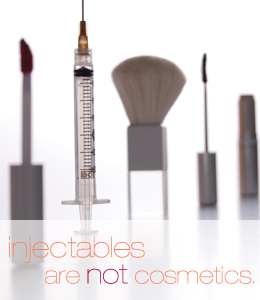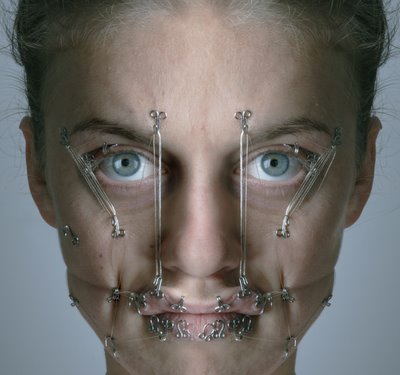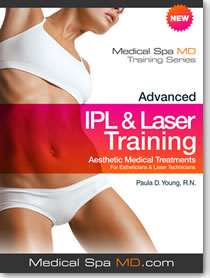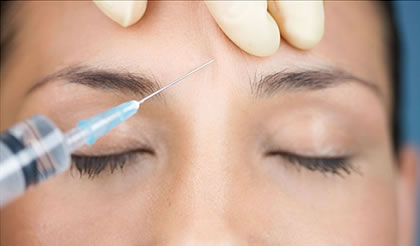Zeltiq vs. Zerona
/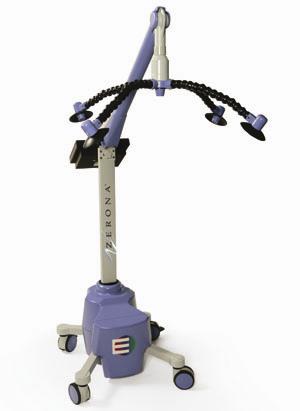
Zerona and Zeltliq booth promise to freeze fat and shed pounds well enough that it would be a slam dunk to add these treatments to your medical spa or laser clinic. But do they work?
Here's some commentary from the NY Times Story
Doctors and patients alike are excited by the prospect of having new technologies that can attack fat without surgery. It is too early, however, for consumers to know how effectively either device works. That hasn’t stopped men and women unhappy with back fat and muffin tops from paying thousands for treatment in recent months...
...Zeltiq Aesthetics, based in Pleasanton, Calif., is a cautious wallflower that aims to get the data behind its device approved by the F.D.A. before it makes too rowdy an entrance to the party. Its slogan is “More Science. Less Fat.”
Meanwhile, Erchonia Medical, based in McKinney, Tex., has aggressively marketed its Zerona laser as “the first non-invasive body contouring procedure to effectively remove excess fat” even though it has yet to receive F.D.A. clearance to promote this use. (In general, the F.D.A. must sanction a medical device for a specific use before a company can market that use. But doctors are free to use devices off label. )
Nonetheless, a brochure for Zerona states patients can collectively “lose up to 9 inches without the pain or down time of surgery.” Nationwide, medical spas, chiropractors, cosmetic surgeons, plastic surgeons and dermatologists now offer Zerona for $1,700 to $3,800 for six sessions. Part of the reason the device has made inroads during these strapped times is that doctors don’t buy it outright, but pay per use.
So how is Zerona supposed to work? The low-level laser causes “fat to seep out of a cell, almost like a balloon being struck by a needle,” said Ryan Maloney, medical director for Erchonia Medical. The fat enters the lymphatic system, and is eventually used as energy, Dr. Maloney said.
Zeltiq uses controlled cooling to target and eliminate fat cells, a process called selective cryolipolysis. Skin isn’t damaged, but subcutaneous fat, which is more sensitive to targeted cold, begins a two-month death march soon after exposure to Zeltiq.
Doctors on the advisory board for Zeltiq Aesthetics have put the word out about it on television news segments. But at this stage, the company itself has been careful not to promote its device directly to consumers since its F.D.A. clearances for, say, pain reduction during dermatologic treatments don’t encompass fat reduction. Gordie Nye, the chief executive, sent an e-mail message declining to be interviewed for this article.
The company has clinical data that has been submitted to the F.D.A. for approval, according to a few doctors who were principal investigators. Data relayed at a meeting of the American Society of Dermatologic Surgery showed a 22 percent reduction of the fat layer as measured by ultrasound.
Erchonia Medical has published the results of its clinical trial in Lasers in Surgery and Medicine. Thirty-five patients in the treatment group lost an average of 3.5 inches total in hips, thighs and their midsection according to the company’s clinical trial. The company has promoted Zerona as “a new body-sculpting procedure designed to remove fat and contour the body without invasive surgery.” But the F.D.A. has not sanctioned marketing this use. It has cleared the Zerona laser for pain reduction 24 hours after breast augmentation or as a way to decrease the pain associated with recovering from liposuction.
In general, Karen Riley, a spokeswoman for the F.D.A., said “it is considered off-label promotion if you are marketing to the public a use that has not been cleared.” Steven Shanks, the president of Erchonia Medical, said, “Since we use the exact same power for liposuction and breast augmentation, we self-certified the device.” He said that in January 2009, the company had applied for a 510K clearance — which is based on the notion that an older device is substantially equivalent to a new one — and had yet to receive it. (Such a delay is atypical, Ms. Riley said, adding, “most 510Ks are cleared within six months.”)
Last month, Dr. Robert B. Seltzer, a dermatologist in Pasadena, Calif., ran an advertisement in The Los Angeles Times for an informational seminar that called Zerona “the holy grail.” In a phone interview, however, he said, “I’m not 100 percent convinced” and planned to return his Zerona if he didn’t continue seeing results in his patients. (So far 5 out of 6 have been pleased.)
After reviewing Erchonia Medical’s clinical study, Dr. Brian M. Kinney, a plastic surgeon in Los Angeles, said, “I can’t prove that it works.” His concerns are that the tape measure method of gauging circumferential changes “isn’t consistently reliable.” What’s more, study participants and the placebo group were assessed only two weeks after their last treatment, not long enough to measure adequately whether results last.
Dr. Kinney doesn’t have a Zerona or a Zeltiq cooling device, though in the case of the latter, he said, “it is well documented that freezing fat tissue aggressively enough can lead to fat necrosis,” or, fat dying, over a few months.
Patient selection for any body contouring procedure is crucial, said Dr. Jeffrey M. Kenkel, vice chairman of plastic surgery at the University of Texas Southwestern Medical Center in Dallas. Dr. Kenkel, who recently replicated results of Zerona’s clinical trial in 12 of his patients, doesn’t offer Zerona to obese patients, or to ones who have had surgery in the area they want treated. “It’s critical to be evaluated by a doctor,” he said.
Success is also dependent on diet and exercise, he said. If you’re sedentary and not eating healthy food, he said, then once fat is leaked after Zerona treatments, “your body will just store it again.”
How the body rids itself of fat, and how quickly, after any noninvasive body slimming procedure is unclear, said Dr. Lawrence S. Bass, a plastic surgeon in Manhattan who started using a Zeltiq device last July. That includes, he said, forthcoming devices like UltraShape and LipoSonix, which employ ultrasound waves to single out fat. It’s a “sticking point with the F.D.A. with all these things,” he said. Dr. Bass was not a clinical investigator for Zeltiq, but he said, “I’m convinced both on the science and clinical experience, it’s able to eliminate fat noninvasively.”
Nadine Tosk, a publicist for Zeltiq, explained that the rollout of the device was “very limited right now.” Dr. Jeffrey Dover, a dermatologist in Chestnut Hill, Mass., who advises Zeltiq and participated in its clinical trial, said a few board-certified plastic surgeons and dermatologists were “handpicked” because “we know they do good work.” Restraint is key, he said, because a doctor could apply Zeltiq to “the same spot” in the same day, which isn’t how it’s meant to be used. Hourlong treatments are best spaced out by two months, said Dr. Dover, who charges $700 per spot.
That said, a doctor with a Zeltiq device isn’t hard for patients to find. More than five dozen “Zeltiq specialists” can be found by ZIP code at body-contouring.com, which is a patient guide not sponsored by manufacturers of body-slimming devices. Dr. Jason N. Pozner, a plastic surgeon in Boca Raton, Fla., appears topless in a YouTube.com video that shows his left flank being suctioned and cooled as he reads his Kindle. (His partner, Dr. David J. Goldberg, was an investigator for Zeltiq.)
Ms. Bonvouloir hasn’t given up on Zerona. Recently, she paid $2,100 for six treatments at Parker Day Spa in Parker, Colo. This time, each session is followed by a massage that supposedly speeds the release of fat. “I still have three more sessions,” Ms. Bonvouloir wrote in an e-mail message. “Again, they are convinced I will lose some inches. I’d like to know when!!!”
Not exactly a raging endorsement but that shouldn't come as a surprise. Is anyone we know having success with Zerona treatments? Is Zeltiq or Zerona going to cause trouble for Thermage?




